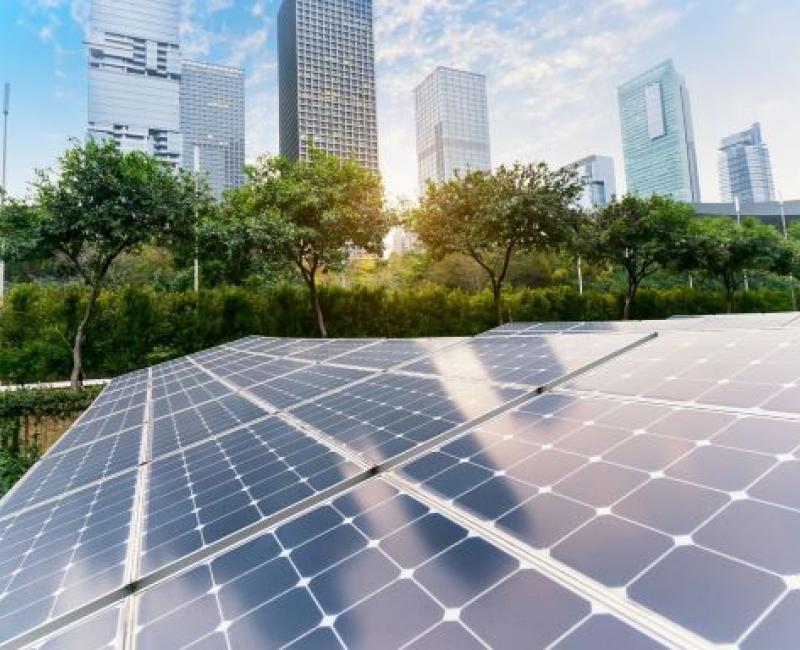Technologies for Energy System Integration
Ensuring a level playing field

Most energy conversion technologies have not yet reached an efficient scale. They are likely to develop with an effective price signal, investments in research and development, and a system integrated network planning and operation.
Decarbonised gases, electrolysers, demand side response mechanisms and increased flexibility are likely to develop with more distributed generation and integrated market signals.
The energy efficiency-first principle, together with the role of energy storage (thermal, gas, electricity, chemical) and the need for an improved access to and operation of the energy flexibility mechanism, are key elements to reach the decarbonisation and other energy system integration targets.
From a regulatory perspective, all technologies must be guaranteed a level playing field, so they can compete on the merits. Any obstacles or barriers to their equal treatment should be identified and removed, following an integrated energy system perspective.
The main technologies

Among the main technologies:
-
Combined generation of heat and power(CHP)
-
Gas CHP to produce electricity and heat, electricity CHP to produce electricity and heat, renewable energy CHP to produce electricity and heat
-
-
Pumps
-
Electric heat pumps, heat pumps, hybrid heat pumps, absorption heat pumps
-
-
Power-to-Heat (P2h), Power-to-Gas (P2G), Power-to-Liquid (P2L), Power-to-Cool (P2C), Power-to-Mobility (P2M)
-
Renewable energy generation assets
-
Photovoltaic, thermal solar, solar heating, wind, hydroelectric, bio methane, biomass, biogas, marine and oceans, hydrogen, geothermal electricity, geothermal heat
-
-
Boilers
-
District heating/cooling
-
Electric heating
-
Heat boilers
-
-
Storage
-
Thermal storage: sensible (hot water), phase-change material (PCM), chemical reactions, heat storage
-
Electricity storage (electric vehicles, hybrid electric vehicles, home batteries, industrial batteries)
-
Chemical storage
-
Mechanical storage
-
Waste management
-
Heat waste
-
Industrial waste CHP
-
Buildings municipal waste CHP
-
-
Demand side response technologies
-
Electricity, gas, heating smart meters
-
Smart grids to allow load shedding/load shifting in buildings, industry and the power system
-
Smart charging that allows demand side flexibility in electrified transport
-
-
Transport
-
Electric vehicles, hybrid rechargeable vehicles, biofuels, synthetic gas, hydrogen, smart charging, data hubs
-
-
Carbon Capture Utilisation and Storage (CCUS)
-
Networks
-
Electricity networks, gas (methane) networks, heat networks, thermal storage network, distributed generation and consumption networks (off-grid), hydrogen networks, blended networks, CO2 networks
-
-
Energy efficiency technologies and measures on buildings, industries, heating and cooling sectors
-
Lightings, insulation
-
Disclaimer
The Agency is closely following the discussion at European level on the topic of Energy System Integration, given the vast economic, health and social benefits and positive externalities to be brought by its efficient and effective implementation to the European and global citizens. As such, this section will be regularly updated with the latest and most relevant findings.
